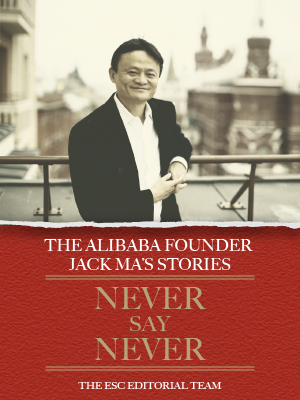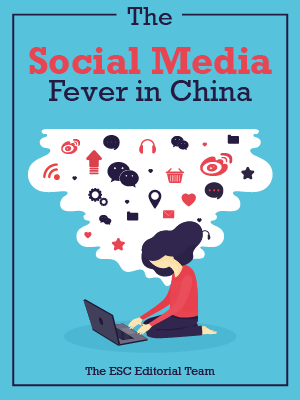Ecommercestrategychina.com uses cookies and other technologies to provide you a better browsing experience. You can get more information regarding the use of cookies, or decline it whenever by clicking Privacy Policy. By using this site or clicking “Okay”, you give us the consent to the use of cookies.
OKAY
During the 9th Global Netrepreneur Conference, held on 8th and 9th of September 2012 in Hangzhou, Global Top Ten online merchants were selected. Jack Ma gave his speech at the closing ceremony, saying that ‘Small and Beautiful ’will be important tags for future e-commerce, and that creativity of grass roots will be infinite. He pointed out that since e-commerce had become a profession, Top Ten Online merchants are promising entrepreneurs. That was how the concept of “Small and Beautiful” was born.
In essence, ‘Small and Beautiful’ means to shift the focus to customers’ individualised demands, quality and diversity of commodities away from merely price and scale. It is to highlight and distinguished those unique merchants, like Taobao, thus demonstrating their feature of fulfilling customers’ all-round needs with a dazzling choice of high-quality goods, which differs from other e-commerce platforms.
But this strategy has to be backed by a strong and powerful platform. Therefore, Alibaba decided to transform and rebrand the current platform to one with data and finance. This will be followed by Alibaba’s ‘double million’ strategy: to cultivate 1 million merchants with an annual revenue of over 1 million. To help these merchants, Alibaba will also strive to realise the idea of individualization in manufacturing and build a bridge between customers and manufacturers.
In 1995, with the ambition to build the greatest internet company in the world, Jack Ma founded Alibaba with the slogan ‘unite merchants all around the world’. In September 1999, Alibaba decided to lead the way to bring fortune to middle and small-sized enterprises. In May 2003, Taobao was established; in April 2008, Taobao Mall was set up. Three years later, Taobao was divided into three parts: Yitao, Taobao and Taobao Mall, which was renamed as Tmall in January 2012. According to the data that Alibaba published on November, 2012, in the Double 11 (Singles’ Day: China’s largest online shopping day) Shopping Carnival, the turnover of Alipay was ¥19 billion; Taobao ¥13 billion and Tmall ¥5.9 billion. Compared with Taobao’s earlier start, the 4-year-old Tmall saw faster growth, with an increase of 292%. Many merchants with well-known brands, such as Kappa, Disney, Lenovo and UNIQLO, have located their official shops in Tmall. Whether it was turnover, flow distribution or key words search, Tmall merchants showed greater advantages, and without doubt, Tmall was overshadowing Taobao. Besides, as more and more services and goods were imported into Tmall, middle and small-sized merchants found it harder to display and sell in Taobao.
As the Matthew effect (of accumulated advantage) on the internet industry is appearing, it seems that Alibaba is moving away from the original dream.
The ‘Small and Beautiful’ strategy that was officially put forward at the conference was actually a return to a past ambition as well as a brand new expression, the latter based on an up-to-date understanding of the nature and function of current e-commerce platforms. It was a response to the urgent questions that concern Taobao merchants as well as a combination of an ideal business and its practical value.
Please Login to add comments.

$9.99 $19.98

$9.99 $19.98